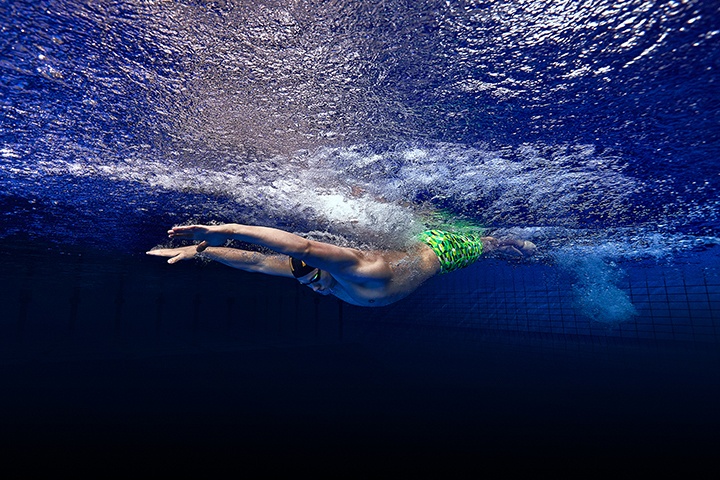This swimming release is courtesy of TritonWear, a SwimSwam partner.
Comparisons lie at the core of competition. Inside the pool, the fastest one prevails. It is in the athlete’s inherent competitive nature to always strive to do better than themselves and others. Comparisons, however, should not be used to point out shortcomings. Instead, they should be a source of inspiration that guides you to swim faster.
With TritonWear, you can use Focus comparisons as valuable tools in your growth. Focus Comparisons measure your most recent activity against your previous bests or athletes like you.
What is being compared with when comparing with ”myself”?
When you compare to ‘’myself’’ the Focus Score will show you how you rank in skill execution against your typical swimming profile. Are you improving more than what your typical performance is for each specific metric?
If your score is hitting 80 or higher, you’re improving your technical skills at an optimal rate. However, scores under 70 will require your attention. The app offers you more insights with focus recommendations for each stroke and phase based on individual metrics.
Individual stroke scores unlock after you perform 20 laps of each stroke. That’s a short amount of time for the algorithm to know your stroke profile. After about five workouts on each stroke type, the algorithm will understand your swimming profile for focus comparisons. Once you have a ton of activities under your belt, it will use the 90-day average. You can also use the Focus overtime graph to understand the focus score’s progression for the stroke selected.
Who does TritonWear consider swimmers ”like me”?
For the ‘’Like Me’’ comparison, the algorithm considers swimmers your speed and height. There is no single person the app uses to compare you with; several users create the model (based on height and speed).
Similar to the ”myself” comparison, scores range from 0-100. If your score is hitting 80 or higher, you’re improving your technical skills more than others your height or speed. On the other hand, scores under 70 will require your attention as you’re improving much less than other athletes like you. The app will offer you insights and Focus recommendations for each stroke and phase based on individual metrics.
To make the best use of the focus comparisons, you can choose a specific focus metric and monitor your performance. First, take a look at the individual stroke scores, and observe which ones score higher or lower. Next, you can dig deeper into the analytics of your stroke by looking at the different phases. Each phase will give other focus metrics.
You can click on the individual metric, and the focus recommendations will display a message like: ‘’Your Breaststroke is improving, focus on your transitions, specifically your push strength.’’ You can then choose to check your transition metrics and your push strength metric specifically.
For more insights on how your push strength compares to others, you can click on the metric, and the app will then display a chart for that metric and a message like:’’ Your Push Strength is better than 60% of athletes like you’’. Lastly, it will give you specific recommendations on how to improve your overall transition time.
Lastly, keep in mind that for the ‘’Like Me’’ comparison tool, there is a pool size choice between short course or long course. For ‘’Myself’’, the pool size displays whatever you practiced that day (short course or long course).
Next, learn about TritonWear Intensity.

